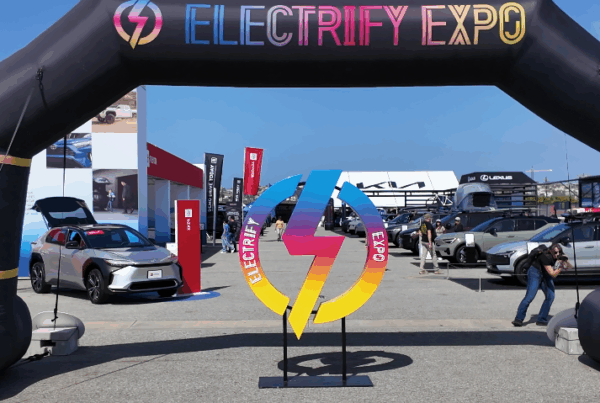
Judging simply by the RipRacer’s size, looks, and powerful 750W rear-hub motor, we assumed that speed was going to be bike’s main draw. To validate that assumption – and trust me, it was validated! – we performed a Speed Test to determine how fast it could go at each of its pedal assist system (PAS) settings. During this test, I pedaled the bike along a predetermined course on our local multi-use paths, and maintained a casual level of effort throughout.
With no motor assistance, the RipRacer proved difficult to pedal and slow to get up to speed; I measured 10.4 miles per hour. The bike has 5 PAS settings, which are somewhat oddly named/numbered (Eco mode, PAS 1, PAS 2, PAS 3, and “S” or Sport mode). Eco mode provided a minimal but still helpful boost, allowing me to reach 14.2 mph. I was able to enjoy a brisk and fun ride as I continued through PAS 1, 2, and 3 with 17.5 mph, 21.2 mph, and 23.6 mph respectively. I measured a top speed of 25.1 mph in Sport mode, though there is one caveat to explain.
The RipRacer uses a single-speed drivetrain with a 52T chainring and a 12T cog on the freewheel. It also makes use of both a torque and a cadence sensor to engage and maintain motor output. With this combination, I found the bike to be fairly difficult to measure, as it changed speeds rapidly and seemed to be more easily affected by small changes in elevation (slight downhill sections increased speed significantly).
I burned through about half of the battery charge before adapting to these challenges, and as with all e-bike batteries (and all batteries in general), voltage output drops as battery charge is depleted. For this reason, the speeds I measured were slightly below the bike’s capabilities when its battery is full; to use the most extreme case as an example, my top speed in Sport mode with a full charge was closer to 26.5 or 27 mph.
Note that Sport Mode is the bike’s Class 3 setting, with a limit of 28 miles per hour through pedal assist. The RipRacer can be unlocked to add a sixth unrestricted PAS setting called Race Mode (just “R” in the display), though I did not personally notice any real difference in top speed capability. Weight may be a factor here, however – I weigh around 200 lbs, and the bike may be able to carry a lighter rider up to a faster speed.
Overall, I was extremely happy with the RipRacer’s results; its power output seemed very well distributed throughout its five standard PAS settings, and while it never quite reached 28 miles per hour in my experience, I didn’t feel like I was missing out. With a 52-volt electrical system and a motor with 750 watts of nominal output (1,300 watts peak!!!) the bike felt like rocket! Even that amount of nominal output is substantial for a bike of this size, and the 52-volt system allows the motor to draw juice from the battery extremely quickly. This gave the RipRacer thrilling speed and forceful acceleration, making it a thoroughly fun bike to ride.
.
.
.
#Juiced #RipRacer #Review #Electric #Bike #Report
Source link








